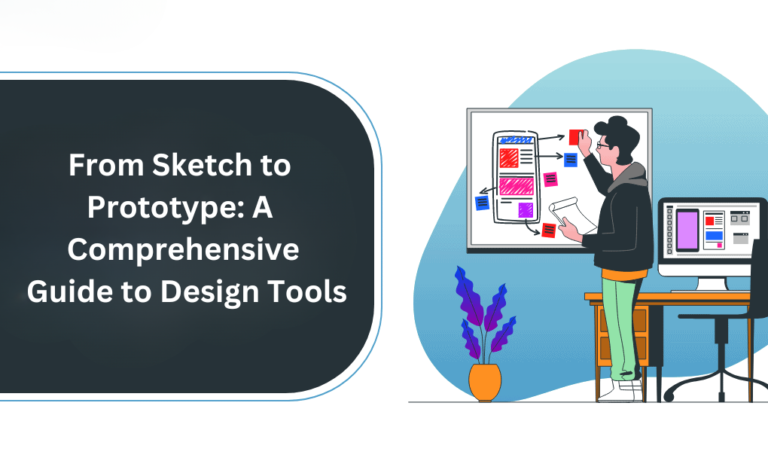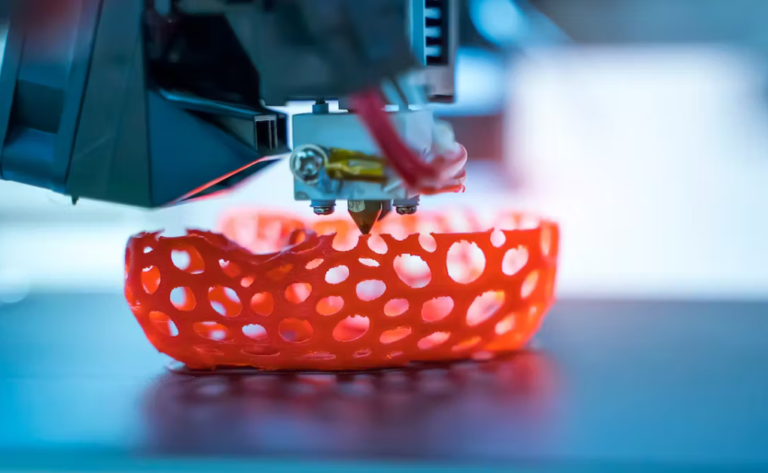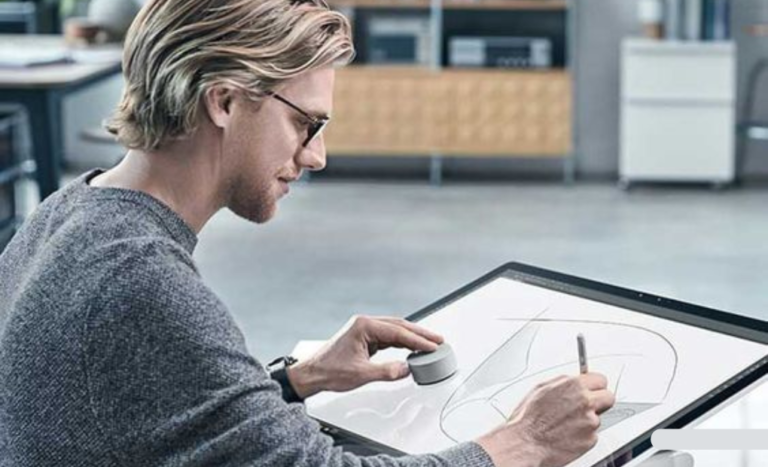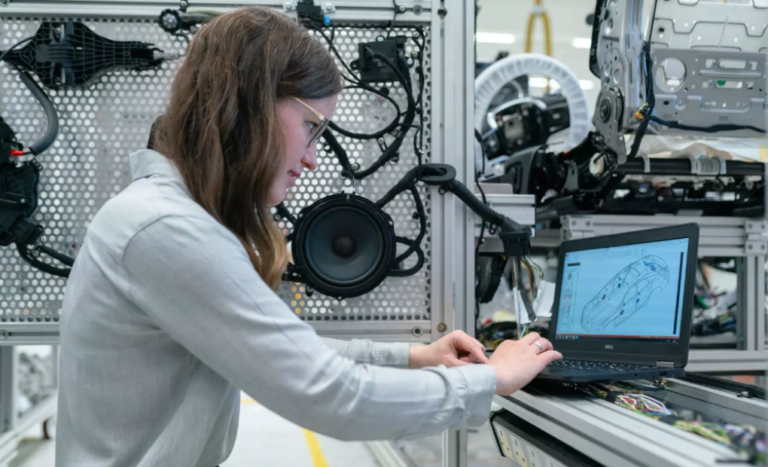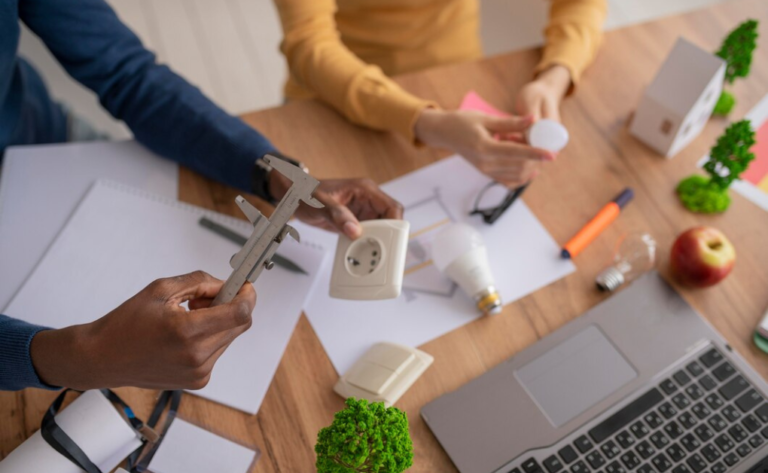The Psychology of Product Design: Crafting User-Focused Experiences
In a world of rapidly advancing technology and innovation, design is not just about aesthetics and functionality; It takes a deep dive into the human psyche. Understanding psychosocial processes is critical in developing consumption experiences that motivate, influence behavior, and increase overall satisfaction. In this article “The Psychology of Product Design: Crafting User-Focused Experiences”, we’ll explore the intricate connection between design choices and user preferences, providing insights that will help you create more user-friendly, attractive products.
Unveiling the Psychology Behind User Preferences

When users interact with a product, they come up with a lot of expectations, whether they know it or not. Here’s a closer look at some of the basics of production psychology:
1. Color Psychology: The Subtle Influencer
Color plays a fundamental role in shaping user perception and emotions. Different colors evoke distinct feelings. For example, blue exudes trust and reliability, while red ignites urgency and passion. As a designer, selecting the right color palette can profoundly impact how users engage with your product. For deep knowledge of color psychology
2. Cognitive Load: Keep It Simple
The human brain has limited cognitive resources. Design choices that minimize cognitive load, such as intuitive navigation and clear information hierarchy, can make the user’s journey more seamless. In essence, simplicity is key.
3. User-Centered Design: Meeting Expectations
Understanding user expectations is at the core of effective product design. When users can easily predict how your product works, it enhances their satisfaction and reduces friction.
Design Choices and User Behavior

Design decisions have a direct influence on user behavior. Here’s how you can leverage psychology to shape those behaviors:
1. The Power of Defaults
Defaults matter. Users tend to stick with the pre-set options. By setting smart defaults in your product, you can guide user behavior in the direction that benefits them and your business.
2. Social Proof: The Bandwagon Effect
People often look to others for validation. By showcasing testimonials, reviews, and the number of users, you can create a sense of trust and community, encouraging more people to adopt your product.
3. Scarcity and Urgency: FOMO at Play
The fear of missing out (FOMO) can be a compelling motivator. Limited-time offers, exclusive access, and countdowns can create a sense of urgency that prompts users to take action.
Question and Answer: Unpacking Common Queries

Q: How can I apply the psychology of product design to my website or app?
A: Start by understanding your target audience, their needs, and preferences. Implement the principles of color psychology, cognitive load reduction, and user-centered design. Continuously test and refine your design based on user feedback.
Q: What are some practical ways to create a user-centered design?
A: Conduct user research, create user personas, and gather feedback through usability testing. Implement responsive design, prioritize mobile optimization, and ensure your website or app is accessible to all users.
Crafting an Attractive, User-Friendly Experience

In a world overflowing with alternatives, capturing and keeping a person’s interest is a project. By incorporating the concepts of the psychology of product layout, you may create an appealing and person-pleasant enjoy that stands proud. Remember, your design selections can shape consumer behavior, foster pleasure, and, ultimately, lead to the achievement of your product.
“The Psychology of Product Design: Crafting User-Focused Experiences” In conclusion, mastering the Psychology of Product Design is not just a trend; it’s a necessity. Designers who grasp the intricate relationship between psychology and product design can create experiences that resonate with users, ultimately leading to success in a competitive market.


